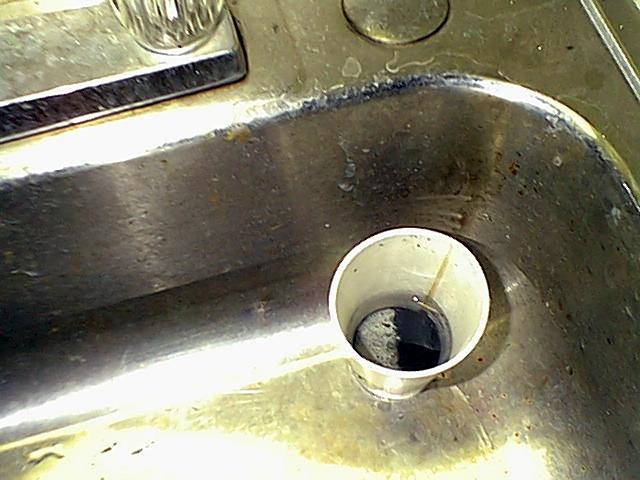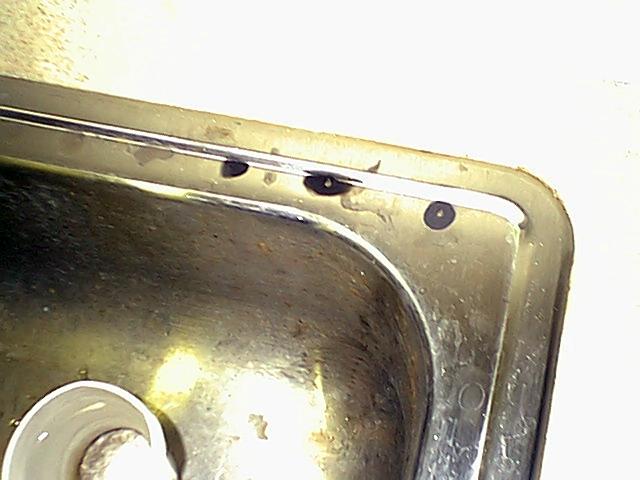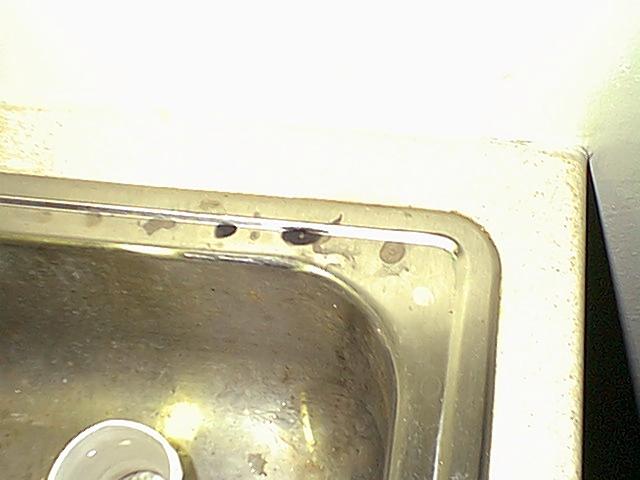Silver Nitride
Ag3N
Potassium hydroxide pellets are added to a solution of AgCl in conc. ammonia until the effervescence, caused by the evolving NH3, stops. The mixture
is diluted with distilled water, filtered through filter paper, and washed with water until the filtrate is neutral. The moist product is transferred
from the filter paper to a porcelain dish, where it may be stored under water for some time.
The product contains small amounts of AgCl and Ag, bus is free of Ag2O.
Alternate Methods: a) A solution of Ag2O in conc. aqueous ammonia is allowed to stand in air or heated on a water bath. The same may be
achieved by precipitation with alcohol. The product is impure, with a variable content of Ag2O and Ag [F. Raschig, Liebigs Ann. 233, 93 (1886)].
b) Solid AgF*2NH3 is stored for several days over H2SO4 in a desiccator. The product is free of Ag2O and rich in Ag; the yield is small [L. J. Olmer
and Dervin, Bull. Soc. Chim. France (4) 35, 152 (1924)]
SYNONYM:
(Berthollet's) fulminating or detonating silver.
Properties:
Formula weight 337.65. Black flakes, sometimes shining black; crystalline appearance (when prepared according to Raschig, see above). Insoluble in
H2O, soluble in dilute mineral acids, explosive reaction with conc. acids. Both the dry and the moist product may be stored in air at room temperature
for a long time. Slowly decomposes at 25C. Decomposes at room temperature in vacuum. Decomposes explosively in air at about 165C. Very sensitive
(explodes) when touched with objects of great relative hardness, even when moist. Extremely sensitive when dry, but relatively easy to handle when
moist. Explodes readily when prepared by Raschig's method. d1/4 9.0. Crystal structure: cubic. Heat of formation (25C): +61.0 kcal./mol.
REFERENCE:
H. Hahn and E. Gilbert. Z. anorg. Chem. 258, 77 (1949).
|







